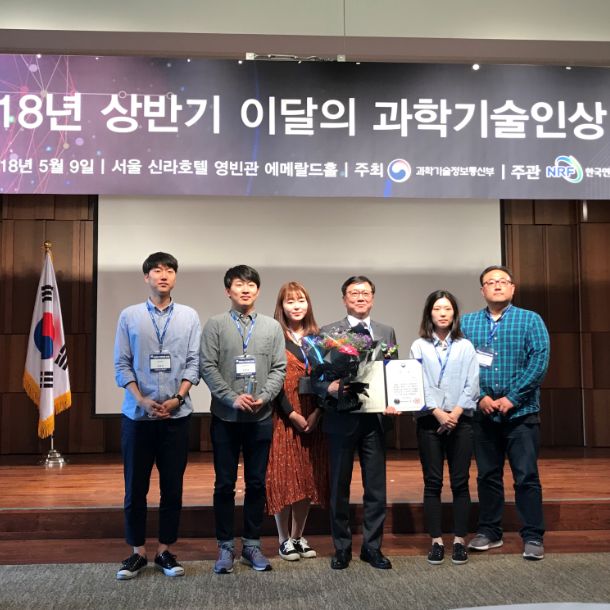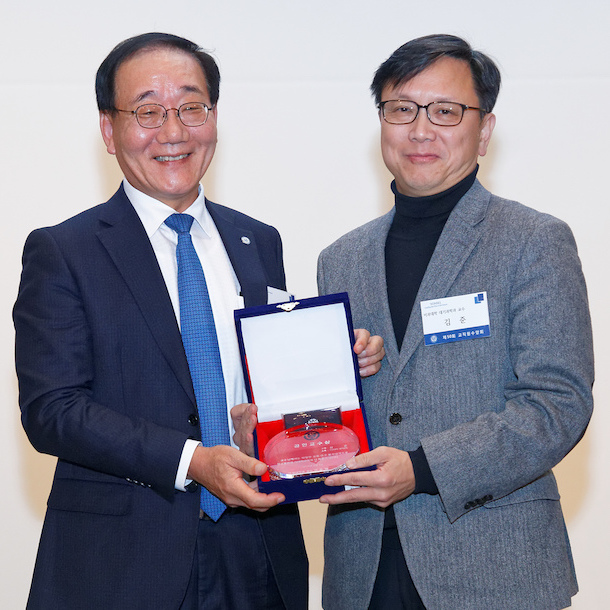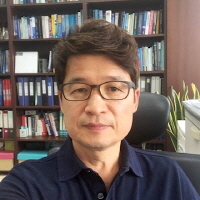[Seminar] Dr. Haeyoung Lee
The observations of atmospheric CO2 and 14CO2 at KMA/GAW regional stations, their characteristics, and implications.
To understand the carbon cycle at policy-relevant spatial scales, a high density of high-quality CO2 measurement sites is needed. In 2012, the Korea Meteorological Administration (KMA) installed CO2 monitoring systems at Anmyeondo (AMY) in the west, Jejudo Gosan Suwolbong (JGS) in the southwest, and Ulleungdo (ULD) in the east of South Korea. In this presentation their monitoring system, and measurement uncertainty will be presented. We also show the observed CO2 characteristics at each station and comparisons with other east Asia station. The radio carbon (14C) in CO2 was known for the tracer of fossil fuel CO2 contributions. AMY collected air for 14C analysis from 2014 to 2016 to analyze characteristics of fossil fuel CO2. The proxies such as CO and SF6 are used for the calculation of emission ratios from observations to compare to those values from inventories. This study provided information on sources of observed CO2 at AMY and confirms the measurement data can verify and improve reported bottom-up inventories. Here, this result will be discussed briefly.






